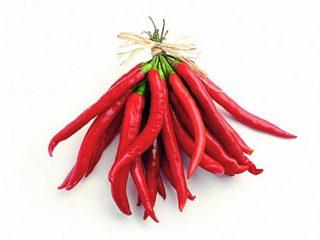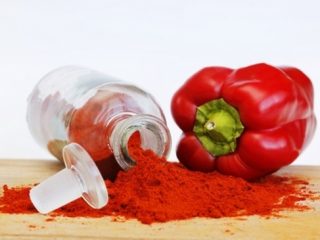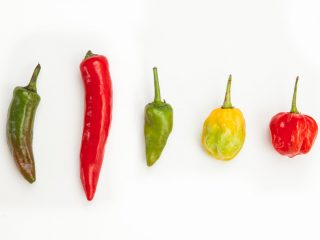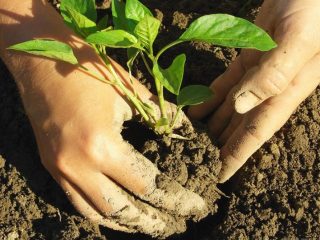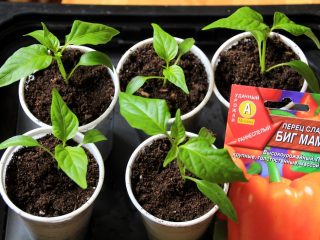Content
To obtain a high yield of vegetable crops, it is necessary to provide care taking into account their basic requirements. And pepper is no exception. Watering plays an important role in its cultivation. Moistening should be carried out regularly, depending on the needs of the crop. But not every novice gardener knows how to water peppers in open ground, taking into account the stage of its development. But mistakes made can lead to a decrease in yield and even death of plants.
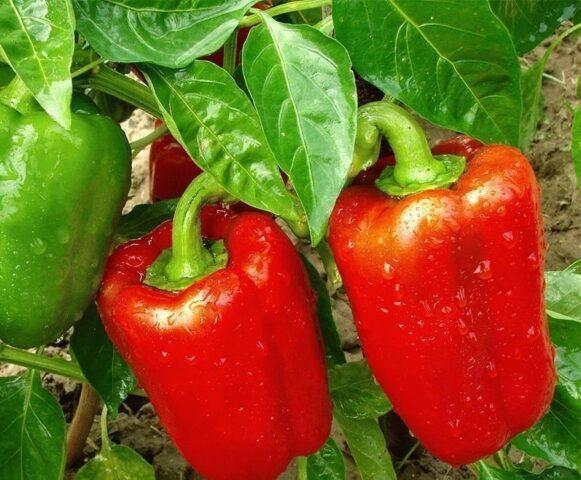
Pepper plantings should be moistened regularly throughout the season.
How to properly water peppers in open ground
This crop does not tolerate dry periods well. After all, the root system of pepper is superficial, and a lack of moisture in the soil negatively affects the development of the plant. But the crop needs to be moistened correctly for the procedure to be as beneficial as possible.
Water composition and temperature
To water peppers, you should use soft water, as all the useful components dissolve in it, which increases their absorption by the plant.The best option is rainwater. And if possible, it should be stored in tanks for irrigation.
If tap water is used, it must be left to stand for several hours. This is necessary so that the salts of heavy metals present in it, particles of oxides and chlorine have time to settle.
It is also important to control the temperature of the water for irrigation. After all, pepper is a heat-loving crop. Therefore, humidification should be carried out with water whose temperature is + 18-25 ° C.
How often should you water peppers?
Irrigation of plantings of this crop must be carried out taking into account weather conditions. During dry periods, bell peppers in the garden should be watered daily, and at moderate temperatures it is recommended to do this every 3-4 days.
Step-by-step instruction
Watering peppers does not cause any particular difficulties. Indeed, unlike tomatoes, moisture falling on the leaves of the plant does not cause negative consequences.
Watering is recommended to be done in the morning or evening. Carrying out the procedure during the day when the sun is active can cause damage to the leaves. The remaining drops under the influence of ultraviolet radiation create the effect of a magnifying glass and can cause burns.
Algorithm for watering:
- Fill a watering can with water.
- Put on the nozzle.
- Water seedlings or bushes at the root or from above.
- After a while, loosen the soil at the base of the plants to prevent the formation of a crust on the surface.
Peppers need to be watered often, but in doses. Each plant should have 1-5 liters of water, depending on the stage of its development.
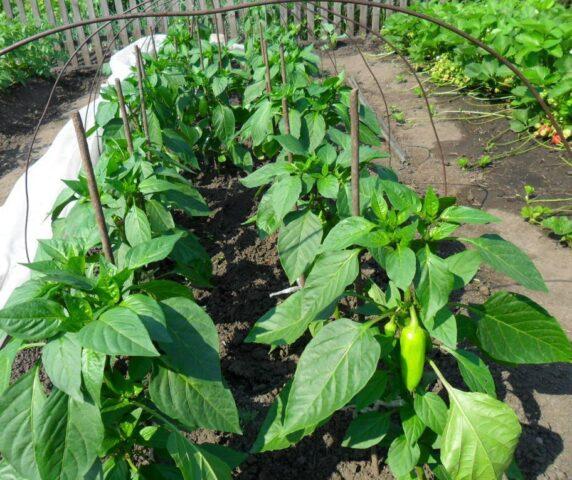
The soil under pepper should always be slightly moistened
Types of irrigation
Watering can be manual, mechanical and automatic. Each of these options has its own characteristics of the procedure.
The manual method of watering peppers is used for a small number of plants. For it you should use a watering can, bucket and any other container. It is also possible to use a hose. The disadvantage of the manual watering method is that it is very labor-intensive.
Mechanical irrigation of pepper is carried out without the constant presence of a person. However, the gardener must control the process by turning the system on and off. In this case, it is recommended to use drip irrigation of pepper in open ground. To do this, you need to lay out the pipes in an area with small holes through which water will flow to the roots of the plants. It is also possible to use sprinkler systems that simulate rain. However, in this case, water consumption increases sharply.
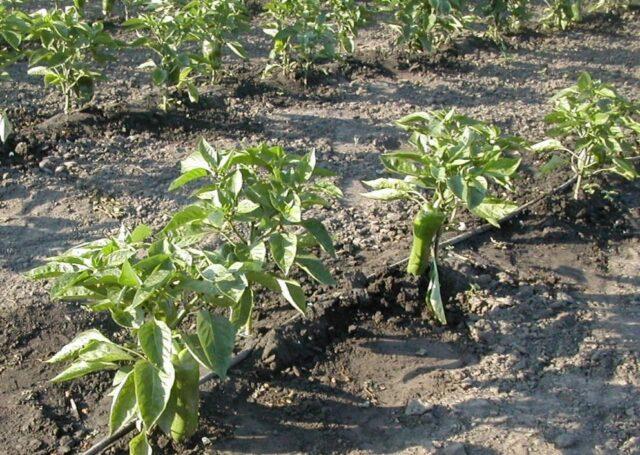
Mechanical watering, unlike manual watering, significantly saves time
The automatic irrigation method involves the installation of special sensors that will control the water supply over time and adjust its pressure. However, to use this irrigation method, you need a constant source of electricity and pipes that can withstand increased loads.
Nuances of watering bell and hot peppers
There is no significant difference between watering bell and hot peppers. The only difference is the volume of liquid poured out. Because bell peppers have much larger fruits and require more moisture.
Features of watering pepper
Watering sweet and hot peppers may differ depending on the stage of seedling development and weather conditions. To carry out the procedure correctly, you need to familiarize yourself with the features of its implementation in different cases.
During landing
It is recommended to plant pepper seedlings in open ground in the evening so that the plants can adapt before the morning. In this case, watering should be carried out directly into the hole at the rate of 0.5-0.7 liters of water per hole. And after it has been absorbed, plant the pepper. It is important that the water temperature is 3-4 °C above room temperature. This will minimize stress for plants when planting in open ground.
In the future, soil moisture should be controlled to prevent the roots from drying out. And when the seedlings adapt and begin to grow, they need to be watered every three days at moderate air temperatures.
When flowering
As soon as the pepper enters the flowering phase, you should avoid sprinkling the plants. Otherwise, the water will wash away the pollen and prevent fruit set. The frequency of watering at the root during flowering is 2-3 times a week. During this period, 2-3 liters of water should be added to each plant.
This vegetable crop blooms in waves. And before each new period of bud blooming, the plant needs to be watered. This will speed up the process of ovary formation.
During the fruiting period
When fruits appear on the bushes, watering should be reduced to 1-2 times a week. But in this case, the volume of water should be increased to 5 liters. This activates metabolic processes and the delivery of nutritional components in the required quantities from the root to the above-ground part of the bush.
After each watering, be sure to loosen the soil.This will provide the necessary air exchange and reduce the likelihood of root rotting.
During the heat
During dry hot periods, it is recommended to water the pepper daily. But it is also necessary to lay mulch at the base of the bushes. This will eliminate the possibility of overheating of the root system, maintain air access to the soil and prevent excessive evaporation of moisture. During hot periods, 2-3 liters of water should be added to each plant. Straw, peat or humus can be used as mulch.
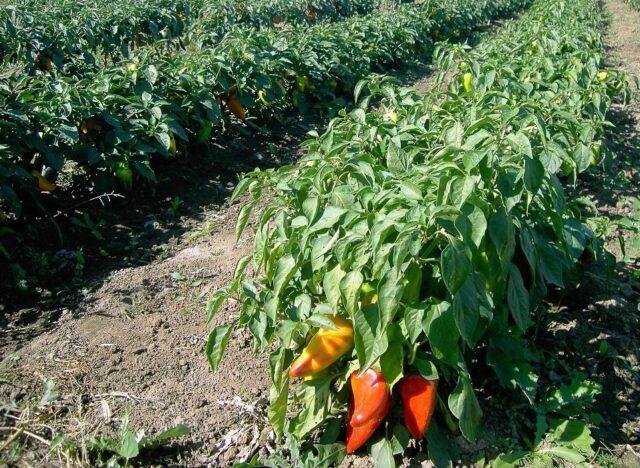
If there is a lack of moisture in the soil, the fruits become noticeably smaller
When feeding
To obtain a high yield, peppers need to be fed several times a season. But before applying fertilizers to the soil, it is recommended to pre-irrigate. This will avoid burns to the root system and speed up metabolic processes in the tissues.
When fertilizing, it is necessary to water the bushes at the rate of 1-2 liters per plant, depending on its stage of development.
When to stop watering peppers
Irrigation should be temporarily stopped during the ripening period of the crop, namely 10-15 days before harvesting. This will improve the keeping quality and taste of the fruit. It is necessary to renew moisture when the flowers begin to bloom again on the plant.
Common mistakes
Watering for peppers is extremely important, but it must be correct. Since mistakes made during irrigation can negatively affect the further development of the crop.
Among them:
- Excessive watering leaches nutrients from the topsoil and promotes the development of chlorosis.
- Using cold water causes the ovary and flowers to fall off.
- Insufficient watering leads to the fact that the leaves lose turgor, and the process of ovary formation and fruit formation slows down significantly.
- The use of unsettled water interferes with the absorption of necessary components from the soil, as a result of which the plants lack nutrition.
Recommendations from gardeners
This crop must be watered taking into account its basic requirements. Only in this case can you count on a high level of productivity.
Recommendations from experienced gardeners:
- When watering peppers, you must adhere to moderation. Excess moisture leads to a weakening of the root system and prevents it from fully developing. In some cases, this can cause plant death.
- The frequency of watering must be adjusted taking into account the temperature conditions. In cool weather, it is recommended not to moisturize unless necessary. Because stagnant moisture causes root rot.
- Increased water hardness. In this case, it is necessary to add wood ash. This component not only helps soften water for irrigation, but is also a fertilizer with a high content of potassium and phosphorus. It is also recommended to sprinkle wood ash at the base of the bushes in the beds to repel slugs in high humidity.
Conclusion
Knowing how to properly water pepper in open ground at different phases of its development, you can count on high crop yields. Since the abundance of flowering bushes, the formation of ovaries and the growth of fruits directly depend on irrigation. However, everything should be in moderation. After all, a lack of moisture, like an excess of moisture, can cause the death of plants.
